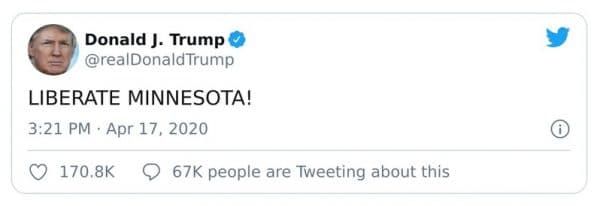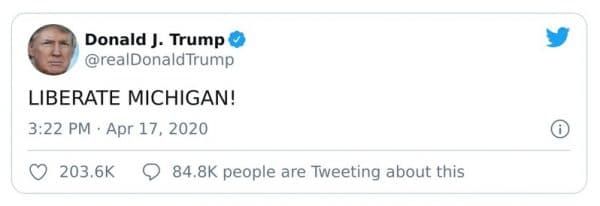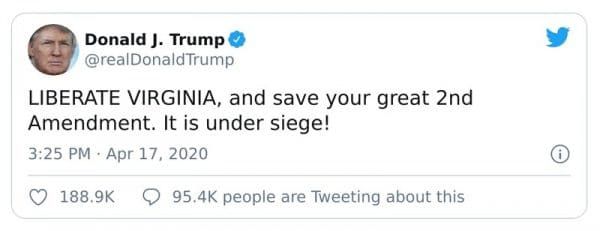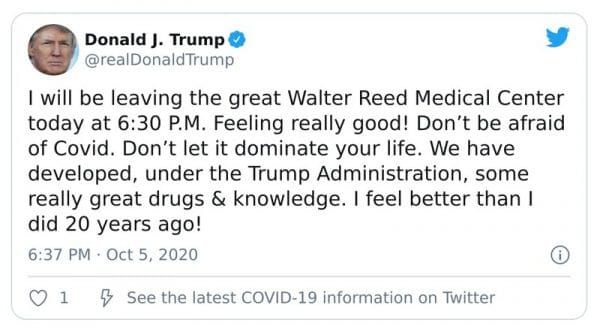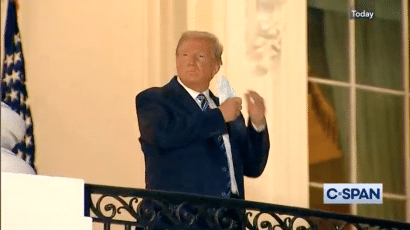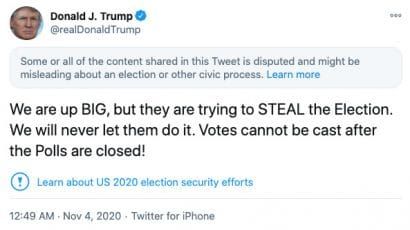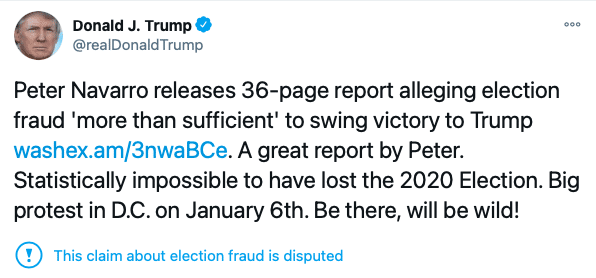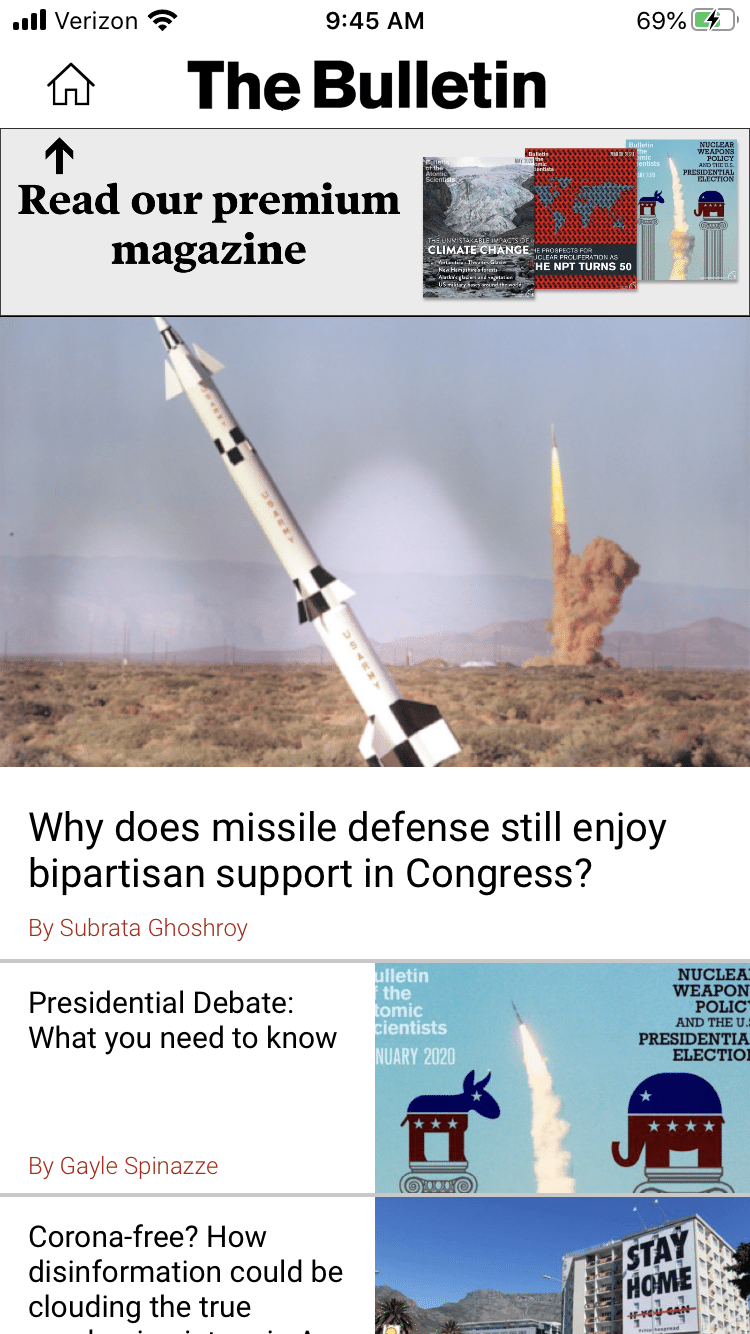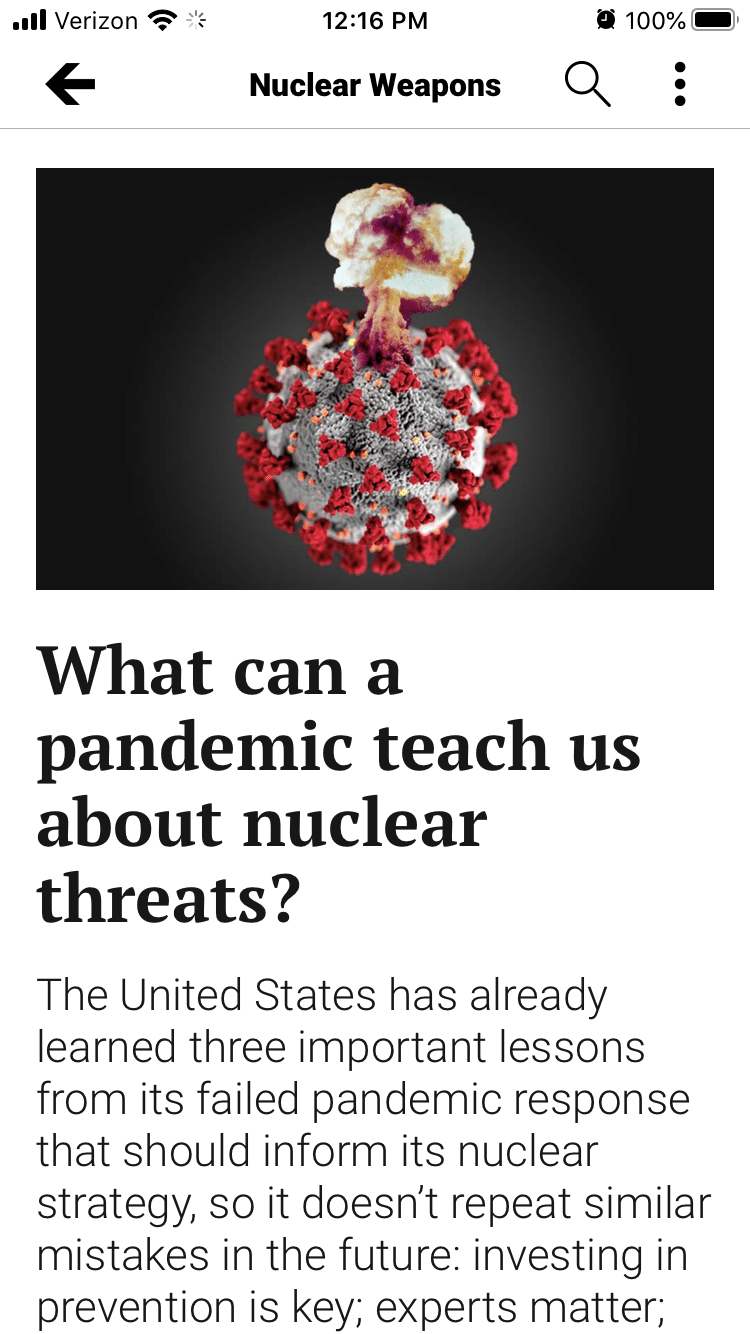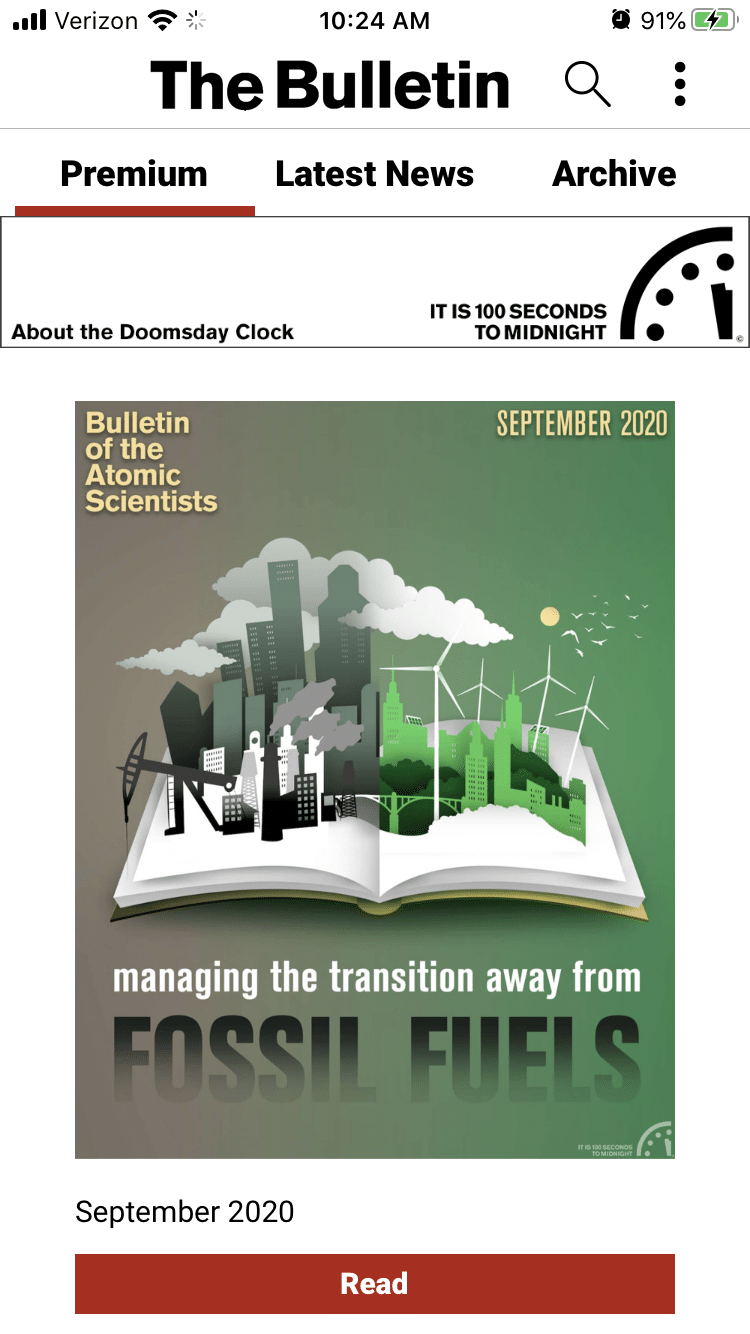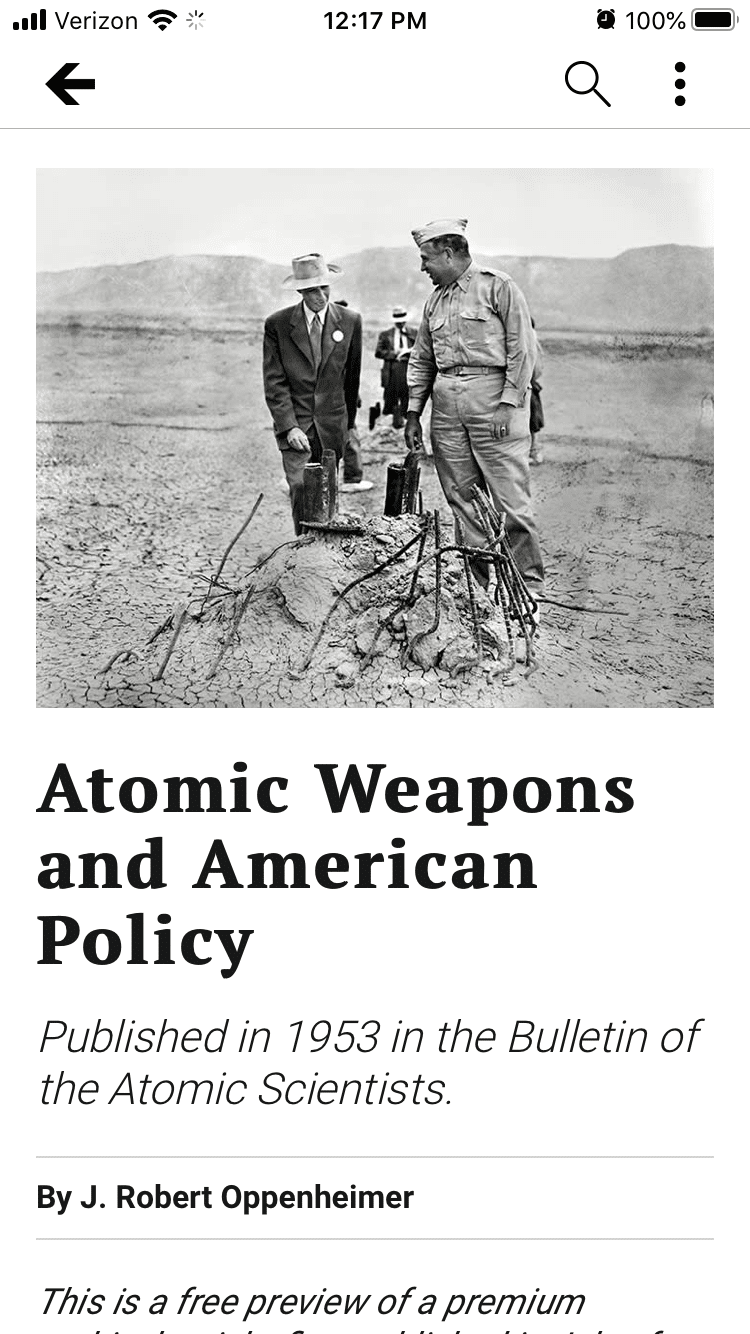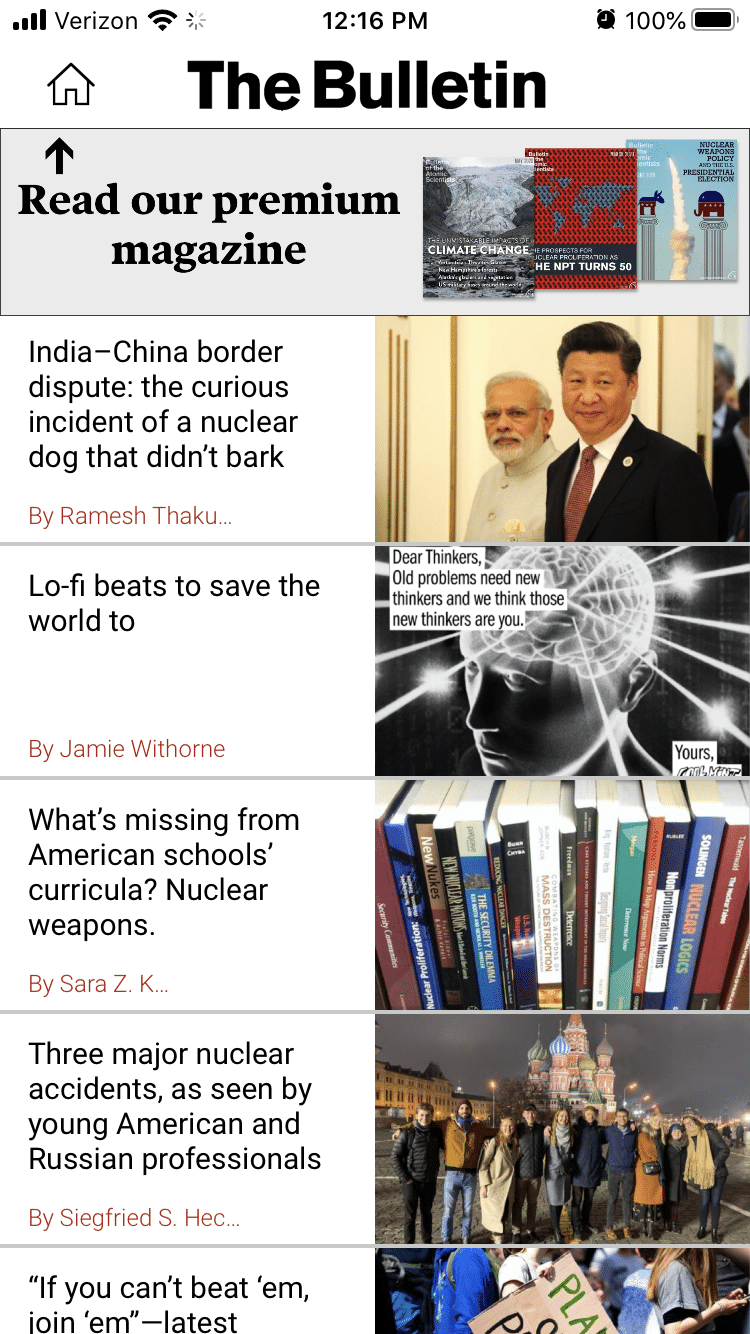Trump and violence in 2020: a timeline of incitement
By Matt Field, Thomas Gaulkin | January 8, 2021
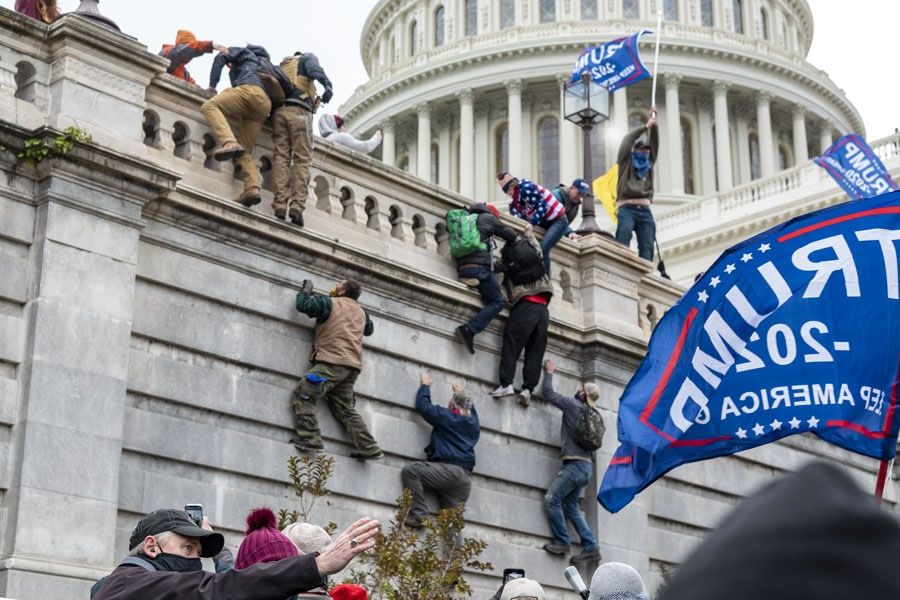 Credit: Blink O'fanaye. CC BY-NC 2.0.
Credit: Blink O'fanaye. CC BY-NC 2.0.
They scaled walls, broke windows, and injured some 50 police officers as they vandalized and looted their way through the halls of the Capitol Building Wednesday. They sent lawmakers into hiding, reaching for gas masks. And they lost one of their own, a woman shot and killed amid the chaos. It’s easy to understand why some of President Trump’s supporters might have felt justified in their destructive disruption of Congress: They say they believed the torrent of conspiracy and disinformation the president spews on social media, in interviews, and in speeches.
Wednesday’s mayhem at the Capitol was just one of a long list of incidents where presidential disinformation around the biggest issues of the last year—the COVID-19 pandemic, Black Lives Matter protests, and the presidential election—coincided repeatedly with right-wing, MAGA-gear wearing Trump supporters, frequently armed, showing up at protests, sometimes with deadly results.
Here’s a look at where the president’s disinformation dovetailed with armed or violent action.
It's like the flu!
Trump mislead people from nearly the beginning of the coronavirus pandemic, downplaying the severity or prevalence of the disease. After telling journalist Bob Woodward that COVID-19 was worse than a “strenuous flu” he went on to make frequent comparisons to seasonal influenza. “It’s a little like the regular flu that we have flu shots for,” he told reporters at a February 26 briefing. Trump frequently criticized or questioned “lockdowns” starting just days after his administration announced a public health campaign to slow the spread of the pandemic; his supporters were listening and began showing up, frequently armed, at the state house protests that began a few weeks after governors began issuing state-at-home orders.
-
-
Trump on why he picked Easter as the day he wants to end strict social distancing and reopen American businesses: "Easter is a very special day for me ... Easter Sunday, and you'll have packed churches all over our country." pic.twitter.com/6cXEtW8LmR
— Aaron Rupar (@atrupar) March 24, 2020
March 23
Just days into the administration’s “15 days to slow the spread” campaign, Trump was musing about how bad lockdowns were compared to the coronavirus. Economic woes, he said, cause death that “would be in far greater numbers” than the virus. “America will again, and soon, be open for business — very soon — a lot sooner than three or four months that somebody was suggesting. A lot sooner. We cannot let the cure be worse than the problem itself,” he told reporters. The next day he said he wanted to see packed church pews on Easter, which fell on April 12 last year.
-
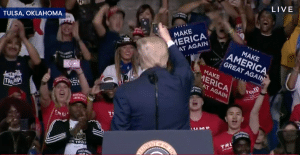
April 3
Trump announced a new Centers for Disease Control and Prevention recommendation that people wear masks…and then said he’s not going to. “ You don’t have to do it.” Trump politicized face masks and even at his massive rallies during the campaign, few of his supporters appeared to wear them.
-
April 17
-

Credit: Michigan State Senator Dayna Polehanki April 17
Trump tweeted that his supporters should “liberate” several states, including Michigan. Two days earlier, heavily armed men showed up at the State House in Lansing with Trump signs and Tea Party flags to protest Gov. Gretchen Whitmer’s public health policies. Later in the month, protesters swarmed into the building during a legislative session, many were armed.
-
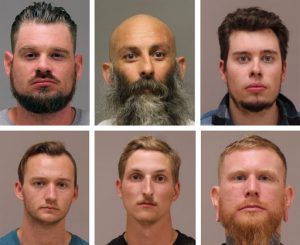
October 7
Six men are arrested for plotting to kidnap the governor of Michigan. They were upset about her COVID-19 policies.
-
October 1
-
October 1
Trump tested positive for COVID-19—after extensive indoor and outdoor social contact. Many of his allies, staff, and family members also contracted the disease. Despite being admitted to Walter Reed military hospital and receiving experimental therapies, Trump stuck to his pre-diagnosis nonchalance. “Don’t let it dominate your life,” he tweeted upon being released.
Blame ANTIFA!
After George Floyd died in police custody on May 25 in Minneapolis, protests spread across the country. Trump quickly landed on a target to blame for the growing unrest: antifa. Although a loose collection of activists with no central leadership, antifa morphed into a cohesive and powerful group…in Trump’s telling; the president regularly condemns it on Twitter. Meanwhile, Trump’s spent little time criticizing and even appeared to encourage the sometimes armed and violent right wing and white nationalists groups who were showing up at Black Lives Matter protests in places like Portland and Kenosha, Wis. “Somebody’s got to do something about antifa and the left because this is not a right-wing problem,” he told Fox News anchor Chris Wallace at the first presidential debate.
-
-
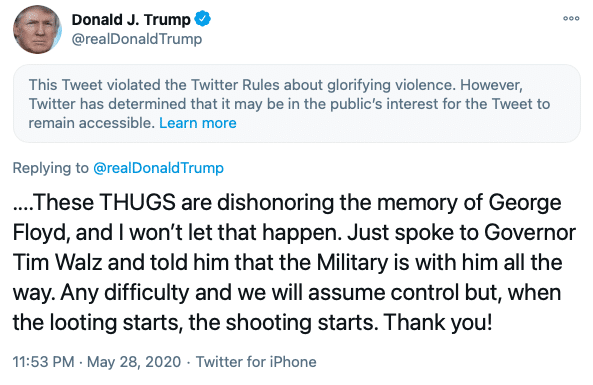
May 28
Trump set the tone for how he thinks protestors should be dealt with when he tweeted “when the looting starts, the shooting starts.”
-
17-year-old Kyle Rittenhouse has been charged in the shooting deaths of two anti-racism protesters in Kenosha, WI. pic.twitter.com/3mIVso499W
— HuffPost Politics (@HuffPostPol) August 26, 2020
August 23
A former city alderman in Kenosha, Wis., used the Facebook page for his group the Kenosha Guard to plead for people to show up to defend the city from Black Lives Matter Protesters. Armed vigilantes patrolled the town that night and a teenager from Illinois named Kyle Rittenhouse shot and killed two men. Trump later suggested Rittenhouse had been defending himself.
-
.embed-container { position: relative; padding-bottom: 56.25%; height: 0; overflow: hidden; max-width: 100%; } .embed-container iframe, .embed-container object, .embed-container embed { position: absolute; top: 0; left: 0; width: 100%; height: 100%; }
September 29
Instead of an unambiguous condemnation of white supremacists, Trump offered up something much more muddled when Wallace pressed him on the groups’ presence at summertime protests. “Proud boys,” the president said, naming a hard-right group involved in violent protests, “stand back and stand by.”
Stop the steal!
Although Trump-related election lawsuits have almost uniformly failed in courts, and recounts haven’t reversed any election result, a huge percentage of Trump’s supporters believe he was robbed. That’s likely because he keeps telling them that…all the time. Without any substantial evidence, Trump has continuously alleged big city Democrats committed a massive election fraud. The culmination of Trump’s relentless disinformation campaign came Wednesday, at the so-called “#StopTheSteal” rally in Washington, DC—it would be a “wild” time Trump told his followers on Twitter. Five people died during the Jan. 6 protests, including a Capitol Hill police officer. The scene at the Capitol Building was so jarring, even some of Trump’s most loyal supporters, such as Secretary of Education Betsy Devos announced their resignation.
-
-
.embed-container { position: relative; padding-bottom: 56.25%; height: 0; overflow: hidden; max-width: 100%; } .embed-container iframe, .embed-container object, .embed-container embed { position: absolute; top: 0; left: 0; width: 100%; height: 100%; }
September 29
Well before the election Trump was railing against the mail-in balloting that many voters opted for due to the pandemic. He claimed ballots for him were being thrown away. A Department of Justice investigation found that nine mail-in ballots in Pennsylvania had indeed been discarded, seven of them were votes for Trump.
-
November 4
In the end, the election played out much as many analysts had predicted. Due to mail-in ballots being counted later than in-person votes in some states, analysts envisioned a “red mirage” showing Trump ahead in the count on election night being slowly washed away by a “blue wave” that would put Biden on top as mail-in votes were counted. True to form, Trump declared victory hours after polls closed and began to blast subsequent votes for Biden as fraudulent.
-
December 19
Trump tweets that losing the election was a statistical impossibility. He urged supporters to show up on Jan. 6 for a wild time.
-
.embed-container { position: relative; padding-bottom: 56.25%; height: 0; overflow: hidden; max-width: 100%; } .embed-container iframe, .embed-container object, .embed-container embed { position: absolute; top: 0; left: 0; width: 100%; height: 100%; }
January 5
Someone in a popular Facebook group called Red-State Secession posted an invitation to the Jan. 6 event. According to The New York Times, dozens of commentators posted pictures of the weapons they would bring. Some talked about occupying the Capitol and other violent acts. Trump was heavily promoting the event in the days leading up to it.
-
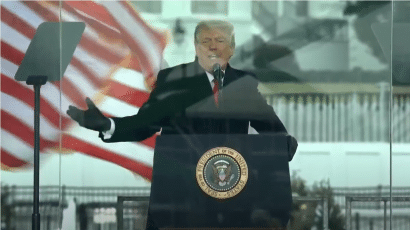
January 6
At the rally, Trump tells his supporters to walk to the Capitol to cheer on brave congress people and to not cheer for others “because you will never take back our country with weakness.”
-
.embed-container { position: relative; padding-bottom: 56.25%; height: 0; overflow: hidden; max-width: 100%; } .embed-container iframe, .embed-container object, .embed-container embed { position: absolute; top: 0; left: 0; width: 100%; height: 100%; }
Together, we make the world safer.
The Bulletin elevates expert voices above the noise. But as an independent nonprofit organization, our operations depend on the support of readers like you. Help us continue to deliver quality journalism that holds leaders accountable. Your support of our work at any level is important. In return, we promise our coverage will be understandable, influential, vigilant, solution-oriented, and fair-minded. Together we can make a difference.
Keywords: 2020 election, 2024 election, Black Lives Matter, COVID-19, Coronavirus, Disinformation, Donald Trump, antifa, riots
Topics: Special Topics
Share: [addthis tool="addthis_inline_share_toolbox"]


